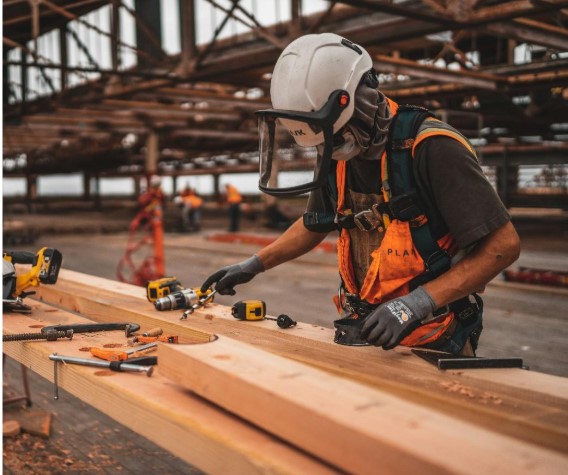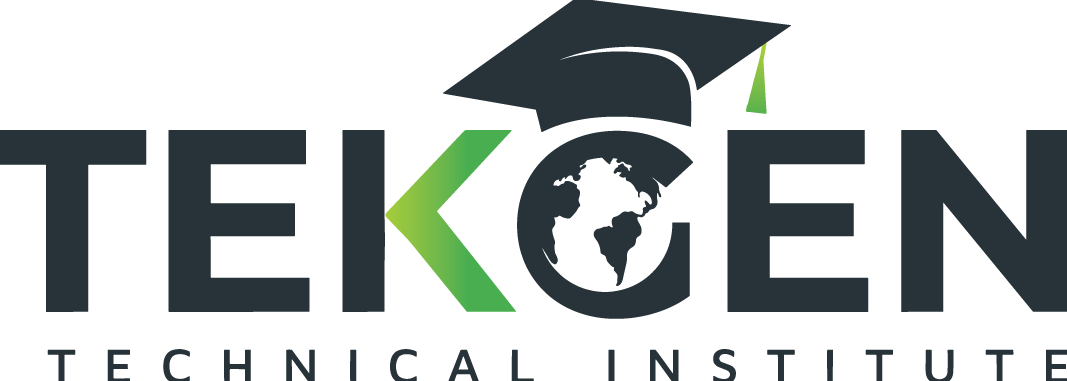Ergonomics and Manual Handling Designing a Safer Workplace
Introduction
Manual handling isn’t just about technique—it’s also about the workplace environment. Ergonomics plays a vital role in reducing injuries by designing tasks, equipment, and workstations that fit the worker, rather than forcing the worker to adapt to inefficient setups. When manual handling tasks are poorly designed, they can lead to repetitive strain injuries, back problems, and fatigue, which affect both the worker’s health and overall productivity.
Workplace injuries are not only costly in terms of medical bills and compensation claims, but they also lead to lost time, reduced efficiency, and lower employee morale. As such, understanding the link between ergonomics and manual handling is crucial for creating a safe and productive working environment.

The Link Between Ergonomics and Manual Handling
Ergonomics is the science of designing work environments that support human capabilities. It focuses on adapting tasks, equipment, and workstations to fit the worker, rather than requiring the worker to fit the task. Proper ergonomics can make all the difference in preventing injuries and boosting workplace efficiency.
When applied to manual handling, ergonomics:
Reduces the need for unnecessary lifting: By designing tasks that require less manual handling, workers are less likely to perform physically demanding tasks that put strain on their bodies.
Improves posture and reduces strain: Proper workstation setups, such as adjustable desks and chairs, encourage workers to maintain neutral posture, reducing strain on muscles and joints.
Prevents repetitive stress injuries: By minimizing repetitive motions and encouraging task rotation, ergonomics helps reduce the risk of injuries like carpal tunnel syndrome and tendonitis.
Creates a safer and more comfortable workplace: With ergonomic solutions, employees feel supported and comfortable in their work environment, which leads to higher engagement and lower turnover.
When ergonomic principles are applied to manual handling tasks, the result is a safer and more efficient workplace for both employers and employees.
Examples of Ergonomic Solutions
Ergonomic solutions are crucial in reducing strain and ensuring that workers have the proper support during manual handling tasks. Some effective ergonomic solutions include:
1. Adjustable Workstations
Purpose: Prevents workers from having to bend or reach excessively when performing tasks.
Example: In offices and assembly lines, adjustable desks and standing workstations allow employees to work at an appropriate height, reducing strain on the back, shoulders, and wrists.
2. Mechanical Aids
Purpose: Reduces the need for workers to lift, push, or pull heavy objects manually.
Example: Using trolleys, conveyors, pallet trucks, or hoists allows workers to move heavy or awkward loads without putting unnecessary strain on their bodies.
Impact: This not only reduces physical strain but also increases efficiency and saves time.
3. Proper Storage Design
Purpose: Keeping heavy or frequently used items within easy reach to reduce the need for bending, stretching, or lifting from awkward positions.
Example: Storing items at waist height instead of on high shelves or low floors ensures workers don’t have to bend over or reach up to grab objects, which helps prevent back and shoulder injuries.
Impact: This simple design change can improve worker comfort and reduce injury risks significantly.
4. Anti-Slip Flooring
Purpose: Reduces the risk of slips and falls when carrying loads, particularly in areas where spills or wet conditions are common.
Example: Rubber or textured floors can prevent workers from slipping while carrying heavy objects, which is especially important in warehouses, factories, or kitchen environments.
Impact: A safer environment prevents accidents and ensures that workers remain steady while moving loads.
5. Lighting & Space
Purpose: Ensures that workers can see what they are doing and have enough space to move safely while performing tasks.
Example: Adequate lighting is crucial in environments like warehouses and construction sites, where poor visibility increases the risk of accidents. Clear walkways and spacious work areas allow workers to move freely and lift objects without obstruction.
Impact: Proper lighting and space prevent distractions and ensure that workers can perform tasks with focus and precision, which leads to fewer accidents.
Benefits of Ergonomic Manual Handling
Ergonomic manual handling solutions offer numerous benefits for both employees and employers, including:
1. Fewer Injuries
Ergonomic adjustments, such as providing lifting aids or improving posture, can reduce injuries like back pain, sprains, and repetitive stress injuries.
Studies have shown that ergonomically designed workplaces result in a 30% decrease in musculoskeletal disorders (MSDs) among workers.
2. Higher Productivity
Workers who are comfortable and well-supported can complete tasks more efficiently and with fewer breaks for rest.
Ergonomic solutions like task rotation and mechanical lifting aids can significantly improve the speed and quality of work, leading to increased output and better results.
3. Lower Costs
By reducing injury rates, businesses can lower workers’ compensation claims, medical expenses, and the costs of lost productivity.
Businesses that invest in ergonomics also see reduced absenteeism and decreased sick leave, which further reduces operational costs.
4. Happier Workforce
When employees feel their health is a priority, they are more likely to be engaged, loyal, and productive.
A safe, comfortable work environment promotes job satisfaction, reduces turnover, and fosters a positive company culture.
Conclusion
Ergonomics is not just about comfort—it’s about safety, efficiency, and worker wellbeing. By applying ergonomic principles to manual handling tasks, employers can dramatically reduce workplace injuries, improve overall productivity, and foster a culture of safety.
Investing in ergonomics is an investment in the long-term success of both workers and the business. When the workplace is designed to fit human capabilities, everyone benefits—employees stay healthier, businesses save on costs, and the overall work environment becomes safer and more efficient.

